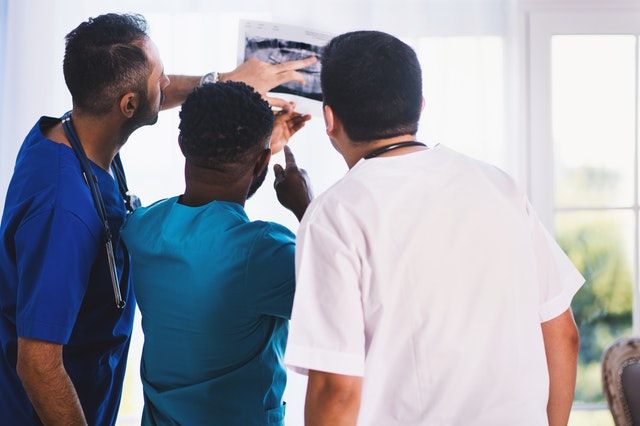The Missing 9 Open-source Solutions and Projects for Healthcare
Table of Content
While open-source solutions have been rapidly emerging in nearly every sector, the healthcare industry seems to be lagging behind in adopting and developing open-source software. This slow progression is not only confined to new applications and solutions, but also extends to older ones, which often suffer from a lack of support within their small communities.
Challenges with open-source medical and healthcare apps
There are several challenges to the implementation of open-source software in healthcare:
- Complex Regulations: The healthcare industry is heavily regulated to ensure patient safety and privacy. Open-source software must comply with these regulations and standards such as HIPAA and GDPR which can be a daunting task for developers.
- Security Concerns: Given the sensitive nature of health data, security is of paramount importance. Open-source software is often perceived as less secure because its source code is publicly accessible, which can potentially be exploited by malicious actors.
- Lack of Support: Unlike proprietary software, open-source software often lacks dedicated customer support. This can be problematic in a healthcare setting where resolving technical issues quickly is critical.
- Interoperability Issues: Healthcare systems need to communicate effectively with each other to provide seamless patient care. However, integrating open-source software with existing proprietary systems can be complex and challenging.
- Resource Constraints: Many healthcare organizations lack the technical expertise or resources to utilize and maintain open-source software effectively.
- Many healthcare open-source apps require technical skills to install, configure and run. Some even require a dedicated team to manage.
In the following we listed the most required healthcare projects that we did not see much in the open-source community.
1. Personal Health Records - PHR
A Personal Health Record (PHR) app is a health management tool that allows individuals to view and manage their health information electronically. It centralizes and organizes a patient's health data, including medical history, medications, allergies, lab results, and more.
PHR apps provide numerous benefits such as promoting patient engagement, enhancing the accuracy of health data, facilitating communication between patients and healthcare providers, and enabling better health decisions.
These apps empower patients to take control of their health, leading to improved health outcomes and more personalized care.
Though Personal Health Record apps are crucial for many patients, there is a limited selection of these apps available as open-source. Furthermore, many require technical skills to setup and install.


2. Patient Portal
A Patient Portal isn't just a secure online website—it's a powerful tool that offers patients 24-hour access to their personal health information from anywhere in the world. With an internet connection, access is at your fingertips.
This innovative platform is meticulously designed to streamline communication between patients and healthcare providers, amplify patient engagement, and revolutionize the delivery of healthcare services.
Benefits for healthcare organizations include:
- Improved Patient Engagement: Patient Portals empower patients to take an active role in their healthcare, leading to increased patient satisfaction and better health outcomes.
- Enhanced Communication: Through secure messaging features, Patient Portals facilitate better and more efficient communication between healthcare providers and patients.
- Reduced Administrative Workload: Patient Portals allow patients to schedule appointments, refill prescriptions, and access medical records online, reducing administrative tasks for healthcare staff.
- Better Care Coordination: With the ability to share health records securely, Patient Portals can improve coordination among different healthcare providers, leading to more integrated and efficient care.
- Increased Revenue: By offering convenient online services, Patient Portals can attract more patients and potentially increase revenue for healthcare organizations.
Unfortunately, there are no open-source patient portals available yet. However, many CMS solutions and open-source customer support systems can provide similar options, although they may not function as well as a custom designed, patient-centered web portal.
3. Patient Satisfaction Surveys Systems
While some may view patient satisfaction survey systems as similar to any open-source survey generator , survey management app, or customer satisfaction and engagement app, this isn't the case. Patient satisfaction surveys focus specifically on providing a personalized, patient-centered experience and measure engagement at various stages of the patient workflow.
While there is no open-source solution for such a task yet, patient-centered engagement and survey systems can expedite the process of creation, survey completion, and patient management.
Patient satisfaction survey systems should be closely integrated with EMR, EHR, and clinical management systems. This integration should provide a comprehensive link to patient records and follow-ups within the system.
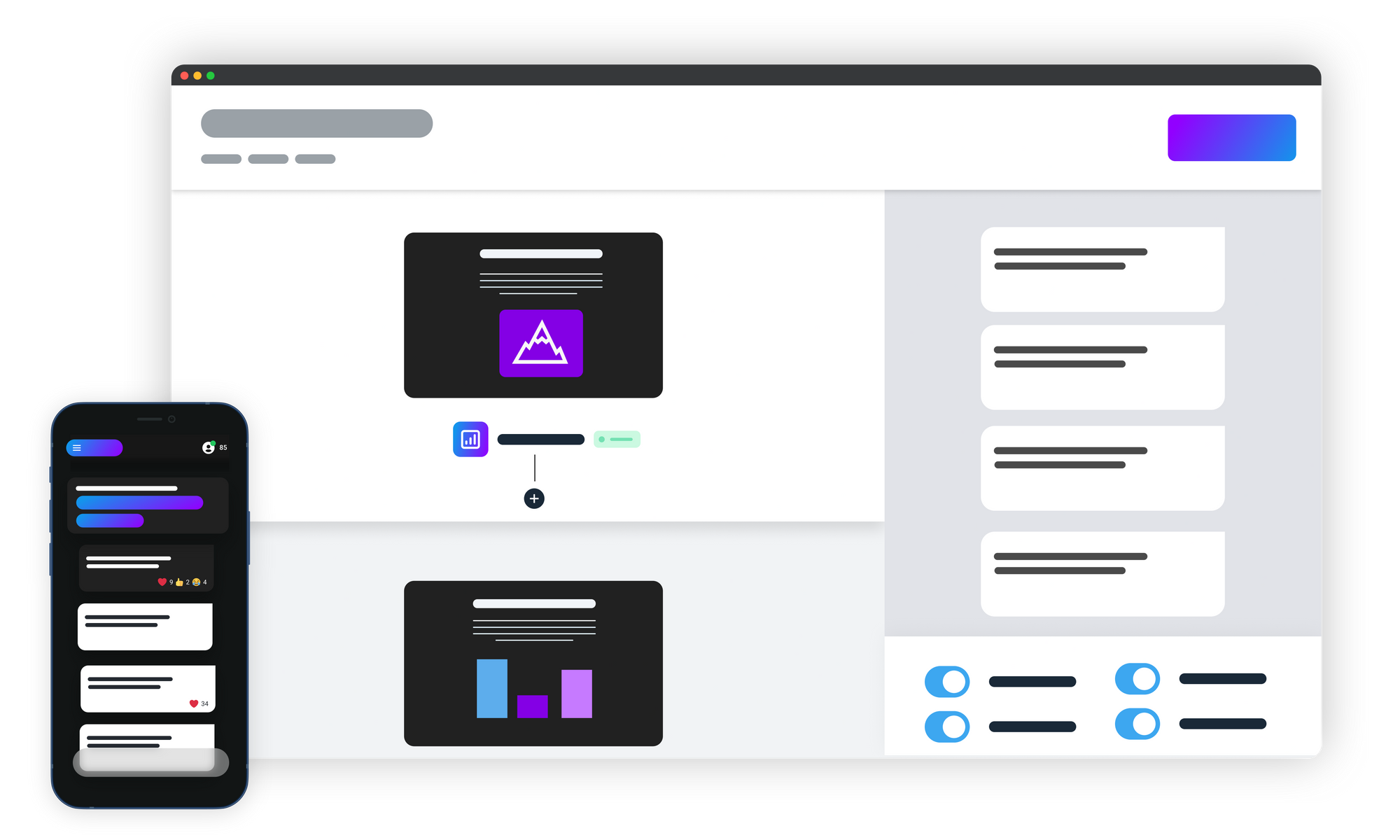
4. Patient Appointment Manager
Patient Appointment Manager empowers patients, allowing them to book their appointments online at their leisure, significantly lightening the administrative staff's workload. It takes initiative with automatic reminders for upcoming appointments, dramatically reducing no-shows and last-minute cancellations.
Beyond that, it provides healthcare providers an uncluttered, organized view of their schedule, enabling superior time management. It even goes a step further to optimize appointment scheduling by intelligently identifying peak times and adjusting appointment slots to match.
Although many clinic management solutions include this feature, managed by medical staff, an automated patient appointment system can ensure better service delivery with minimal involvement from healthcare staff.
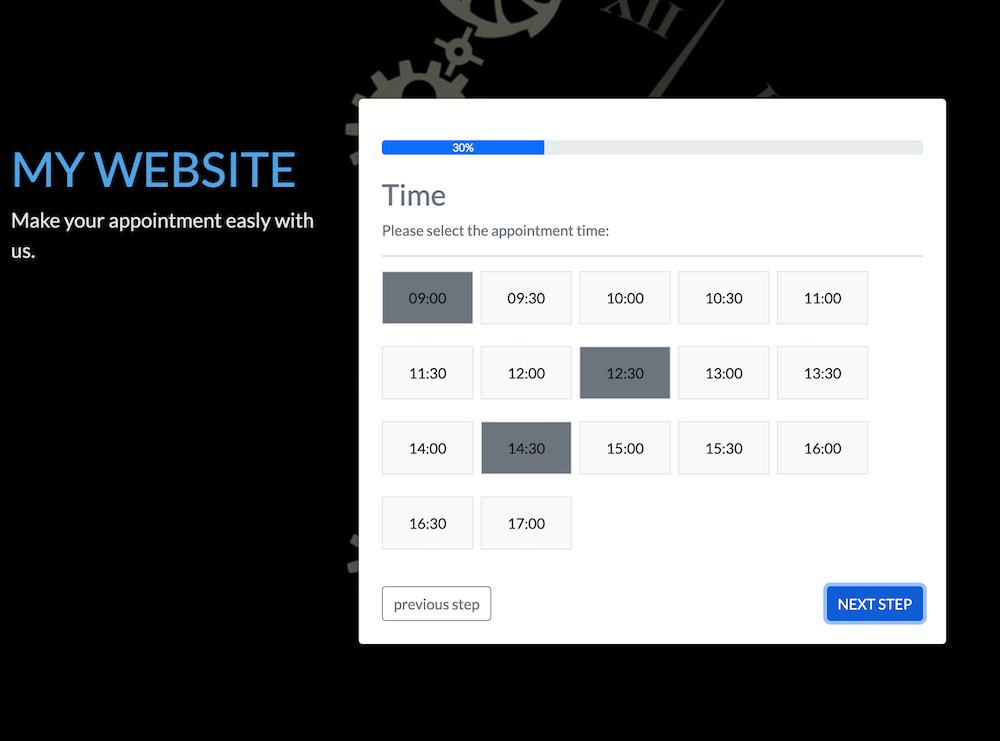
5. Internet of Medical Things (IoMT)
The Internet of Medical Things (IoMT) will undoubtedly revolutionize healthcare. It will take patient monitoring to new heights, significantly improve outcomes, and slash costs. Yet, the tethering to proprietary systems restrains us from fully realizing these monumental benefits. The future relies heavily on an open-source IoMT system. It is the key to promoting unparalleled interoperability, drastically reducing costs, igniting innovation, bolstering security, and leveraging community support.
By wholeheartedly embracing open-source principles, the healthcare industry is destined to create a more inclusive, efficient, and effective IoMT ecosystem. This innovation will provide immeasurable benefits to patients, providers, and society at large.
The Need for an Open-Source IoMT System
Despite the clear advantages of IoMT, the current landscape is dominated by proprietary systems. There is a significant need for an open-source IoMT system for several reasons:
- Interoperability: Proprietary systems often lack interoperability, making it challenging to integrate devices and data from different manufacturers. An open-source IoMT system would promote standardization and interoperability, allowing seamless data exchange across diverse devices and platforms. This integration is crucial for creating a holistic view of a patient's health and facilitating coordinated care.
- Cost Reduction: Open-source solutions can significantly reduce the costs associated with developing and maintaining IoMT systems. Healthcare providers, especially those in resource-limited settings, can benefit from affordable access to advanced IoMT technologies without the burden of expensive licensing fees. This democratization of technology can lead to wider adoption and better healthcare outcomes globally.
- Innovation and Customization: An open-source IoMT system fosters innovation by allowing developers and researchers to build upon existing frameworks. It provides the flexibility to customize and extend the system according to specific needs, such as addressing unique clinical requirements or local health challenges. This collaborative environment accelerates the development of innovative solutions tailored to various healthcare settings.
- Security and Privacy: Open-source software can enhance security and privacy in IoMT systems. The transparency of open-source code allows for thorough auditing and identification of vulnerabilities, leading to more robust security measures. Additionally, open-source communities can contribute to developing and implementing best practices for data privacy and compliance with regulations such as HIPAA and GDPR.
- Community and Support: An open-source IoMT system benefits from a vibrant community of developers, healthcare professionals, and researchers. This collective knowledge and expertise can drive continuous improvement, provide support, and share best practices. The collaborative nature of open-source projects ensures that the system evolves in response to real-world needs and challenges.
6. Remote Patient Monitoring
Remote Patient Monitoring systems represent a significant advancement in healthcare delivery, offering a proactive approach to patient care through continuous, real-time monitoring. By leveraging modern technology to collect and analyze health data remotely, RPM systems improve patient outcomes, enhance convenience, and reduce costs.
As healthcare continues to evolve, RPM systems are likely to play an increasingly critical role in managing chronic diseases, post-operative care, elderly care, and more, ultimately transforming the way healthcare is delivered and experienced.
Key Components of RPM Systems
- Medical Devices and Sensors: These include wearable devices, such as heart rate monitors, blood pressure cuffs, glucometers, pulse oximeters, and scales, which measure specific health metrics.
- Data Transmission: RPM systems use secure communication channels, such as Wi-Fi, Bluetooth, cellular networks, or dedicated telehealth platforms, to transmit the collected data to healthcare providers.
- Data Aggregation and Analysis: The transmitted data is collected in a centralized system, often cloud-based, where it is stored, aggregated, and analyzed. Advanced analytics and artificial intelligence (AI) algorithms can be applied to detect patterns, anomalies, and trends.
- Healthcare Provider Interface: A dashboard or portal that healthcare providers use to access and review patient data, receive alerts about significant changes in health status, and make informed decisions about patient care.
- Patient Interface: Mobile apps or web portals that allow patients to view their own health data, receive feedback, and communicate with their healthcare providers.
Application of RPM Systems
- Elderly Care: RPM systems can enable elderly patients with multiple health issues to live more independently, while maintaining a connection with their healthcare providers.
- Chronic Disease Management: Particularly useful in managing chronic illnesses such as COPD, heart disease, diabetes, and hypertension, RPM systems offer considerable benefits.
- Mental Health: RPM systems assist in monitoring indicators of mental health such as behavior and mood, providing crucial support for patients dealing with anxiety, depression, and other conditions.
- Maternal and Child Health: Especially important in high-risk situations, RPM systems track the health and well-being of newborns and pregnant women.
- Post-Operative Care: RPM systems monitor patients after surgical procedures to ensure a proper recovery and early identification of any complications.
The need for open-source Remote Patient Monitoring systems is evident in the quest for more interoperable, cost-effective, customizable, and innovative healthcare solutions.
By embracing open-source RPM systems, healthcare providers can overcome the limitations of proprietary technologies and leverage the collective expertise of the global community. This shift not only enhances the quality of patient care but also democratizes access to advanced healthcare technologies, making remote patient monitoring more accessible and effective for all.
7. Medical Records Anonymization
A Medical Records Anonymization system is a specialized software solution designed to protect patient privacy by transforming identifiable health information (PHI) into a format that removes or masks personal identifiers, making it difficult or impossible to trace the data back to the individual.
This process is essential for enabling the use and sharing of medical data for research, public health reporting, and other secondary purposes while complying with privacy regulations such as the Health Insurance Portability and Accountability Act (HIPAA) in the United States or the General Data Protection Regulation (GDPR) in Europe.
Key Components of a Medical Records Anonymization System
- Data Collection:
- Aggregates medical records from various sources, such as electronic health records (EHR), medical devices, and patient surveys.
- Identification of Sensitive Data:
- Identifies and categorizes PHI elements, including names, addresses, Social Security numbers, dates of birth, and other identifiers that could be used to trace data back to an individual.
- Anonymization Techniques:
- De-identification: Removal or masking of direct identifiers.
- Pseudonymization: Replacing private identifiers with fake identifiers or pseudonyms.
- Data Masking: Concealing data elements while preserving the structure of the data.
- Generalization: Modifying the granularity of data (e.g., changing a specific age to an age range).
- Noise Addition: Introducing small random variations to the data to obscure the exact values.
- Compliance Check:
- Ensures that the anonymization process meets the regulatory standards and guidelines for data protection and privacy.
- Data Integrity and Utility:
- Balances anonymization with the need to retain data utility for research and analysis purposes. Ensures that anonymized data remains useful for its intended secondary applications.
- Auditing and Logging:
- Maintains records of the anonymization process, including changes made to the data and access logs, to ensure transparency and accountability.
An Open-source Medical Records Anonymization?, Does not exist yet.
The need for open-source Medical Records Anonymization systems in healthcare is driven by the imperative to protect patient privacy, comply with legal and regulatory requirements, mitigate the risk of data breaches, facilitate research and public health initiatives, enhance patient trust, improve data sharing, and uphold ethical standards.
By anonymizing sensitive health information, healthcare providers can leverage valuable data for innovation and improvement while safeguarding the privacy and security of their patients. This balance between data utility and privacy protection is essential for advancing healthcare in a responsible and sustainable manner.
8- Arduino Healthcare Projects
Arduino, an open-source electronics platform, is an invaluable tool for healthcare prototyping due to its versatility, affordability, ease of use, and rapid development capabilities. It's suitable for various applications, from monitoring vital signs to automating lab equipment.
However, the lack of dedicated medical and healthcare projects within its ecosystem presents a challenge, requiring developers to create custom solutions or integrate Arduino with other platforms. Despite this, Arduino holds significant potential for driving healthcare innovations, improving patient outcomes, and enhancing treatment efficiency.
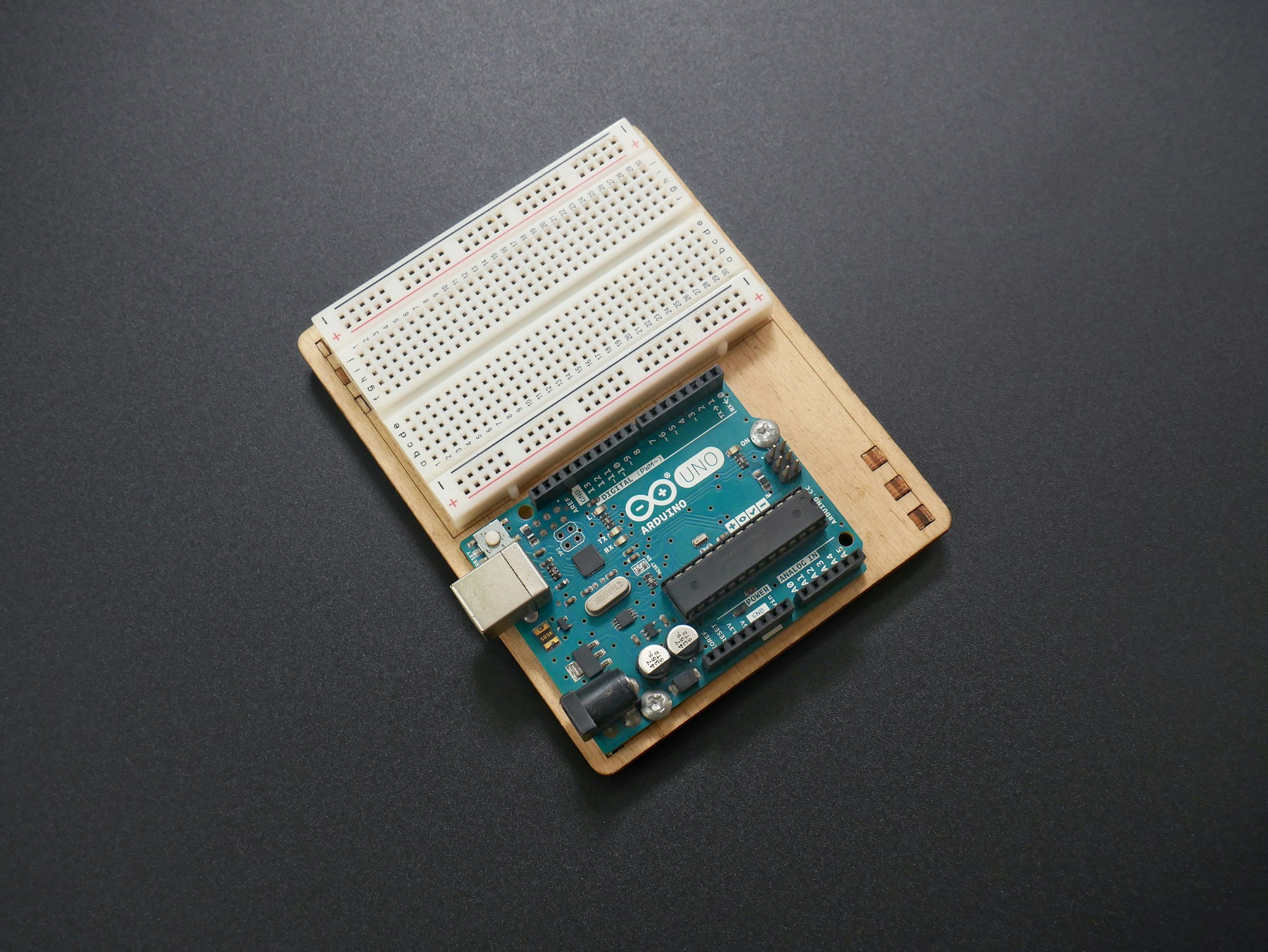
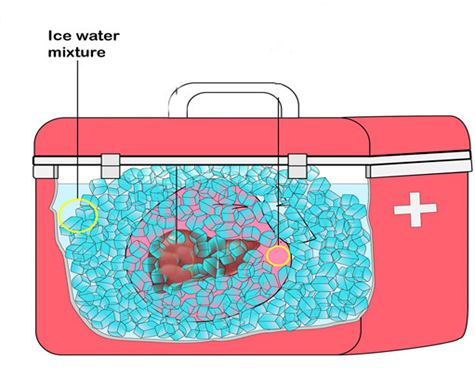
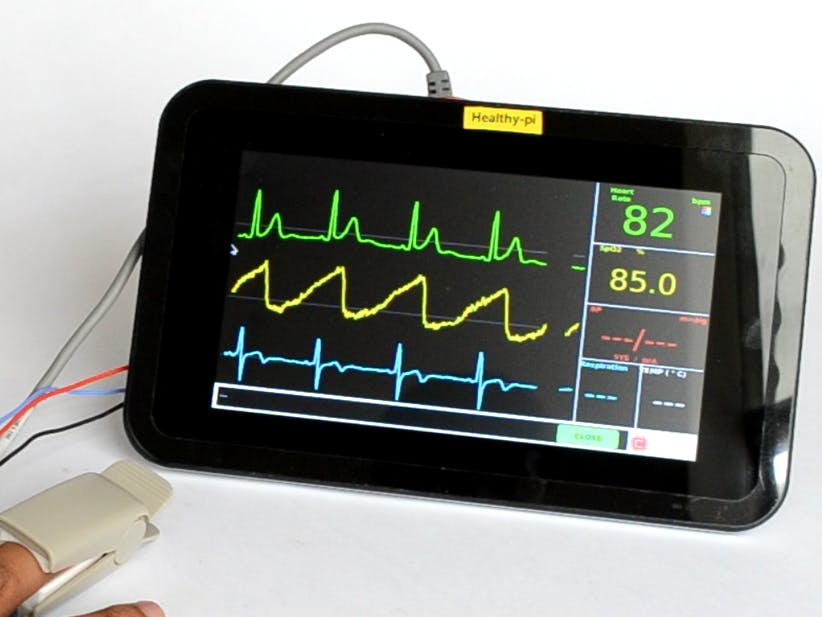
9- Dedicated Open-source Telemedicine Solution
Telemedicine has emerged as a transformative force in healthcare, allowing patients to receive medical consultations and treatments remotely, thereby increasing accessibility and convenience.
The COVID-19 pandemic accelerated the adoption of telemedicine, highlighting its potential to revolutionize healthcare delivery. Despite the proliferation of telemedicine platforms, there remains a significant need for a dedicated open-source telemedicine solution. Such a platform could offer numerous advantages, including cost savings, flexibility, and community-driven innovation.
However, as of now, there is no comprehensive open-source telemedicine software available.
Despite the clear benefits, there is currently no dedicated open-source telemedicine software available. Existing telemedicine solutions are predominantly proprietary, often coming with high costs and limited customization options. While some open-source projects offer telehealth functionalities, none provide a comprehensive, dedicated platform specifically designed for telemedicine.
The absence of a dedicated open-source telemedicine solution represents a significant gap in the current healthcare technology landscape. Developing such a platform would offer substantial benefits, including cost savings, customization, community-driven innovation, and enhanced security. By fostering collaboration among developers, healthcare professionals, and researchers, an open-source telemedicine solution could revolutionize remote healthcare delivery, making it more accessible, efficient, and effective. The healthcare community stands to gain immensely from such an initiative, and the time is ripe for its development and deployment.
Final Note
In conclusion, while the healthcare industry has been relatively slow in adopting open-source software, the potential benefits of doing so are considerable. Overcoming the challenges associated with regulation, security, support, interoperability, and resource constraints is key to driving innovation, reducing costs, and increasing transparency in healthcare.
Open-source systems have the potential to revolutionize Personal Health Record apps, patient portals, patient satisfaction surveys, appointment managers, IoMT systems, remote patient monitoring, and medical record anonymization. Embracing open-source principles could lead to a more inclusive, efficient, and effective healthcare IT landscape, resulting in improved patient care and outcomes.
Despite these challenges, the adoption of open-source software in healthcare has the potential to drive innovation, reduce costs, and increase transparency. As such, it's crucial to address these challenges and create a more supportive environment for open-source software in the healthcare sector.
- How Open source can Help Healthcare Services in Low-Resource Environment
- The Internet of Medical Things (IoMT)
- Top 25 Open-Source Solutions for Managing Hospitals and Clinics (EMR, EHR, HIS, and Clinical Practice Management)
- Discover the Best Free Open-source Flutter Healthcare and Medical Apps and Template: Top 19 Picks
- 17 Top Open-source Free DICOM Viewers For Medical Professionals
- Best 10 Open-source Survey collection self-hosted tools


